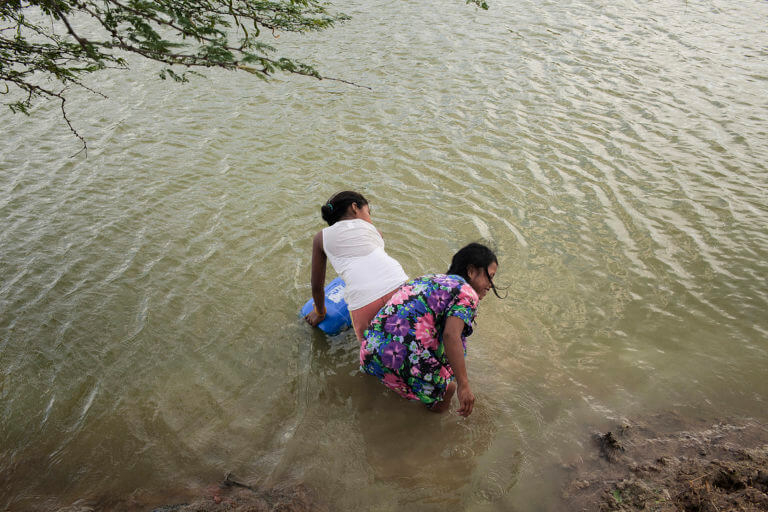














WaterAid commissioned me to document their projects in La Guajira, Colombia, an arid region home to the Wayuu people which is grappling with severe water scarcity and its devastating impact on local communities.
Visiting the region with local teams we focused on documenting the work done to improve access to water and sanitation. Underscoring the region’s challenges—including drought, abandonment by local governments, and resource mismanagement—while also showcasing the resilience of its people and the organization’s efforts to bring change.